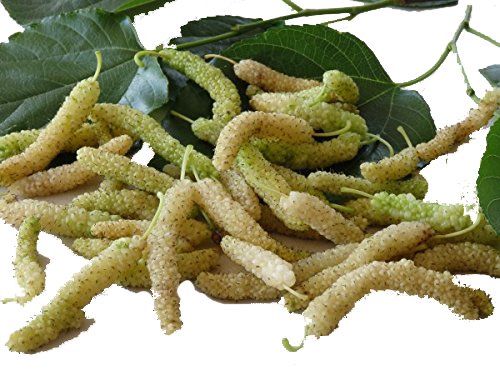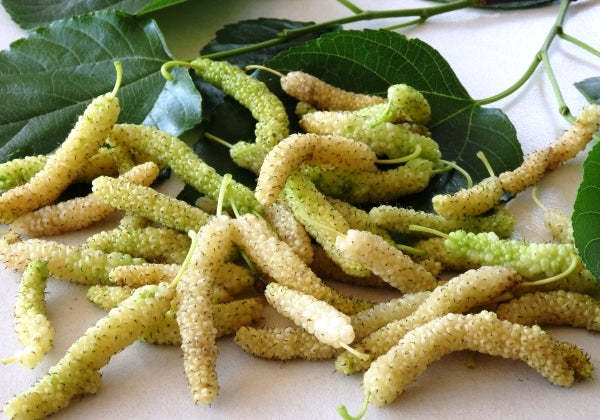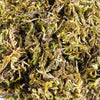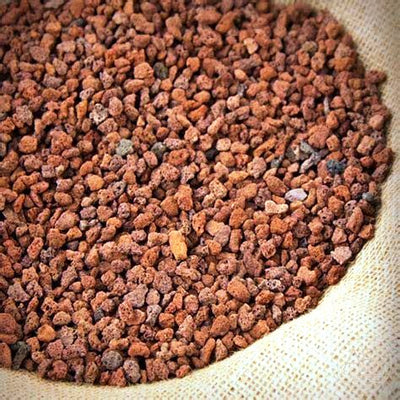


White Mulberry Live Plant Suitable For Bonsai
Guaranteed Safe Checkout
Unveiling the Secrets of the White
Mulberry Plant
About White Mulberry Plant
- The White Mulberry, scientifically known as Morus alba, is a tree native to Northern China, but it has ventured far from its homeland to grace gardens and landscapes worldwide.
- Renowned for its delicious fruits and versatile uses, the White Mulberry stands as a testament to the blending of horticulture and history.
- To understand the significance of the White Mulberry, we must embark on a journey through history.
- This tree has a rich and fascinating past, entwined with various cultures and civilizations.
- It is said to have been cultivated for over 4,000 years in China, where its leaves have been traditionally used to feed silkworms.
- The economic importance of silk in ancient China was immense, and the White Mulberry played a pivotal role in this industry.
- Beyond its connection to sericulture, the White Mulberry's fruits have been cherished as a food source for centuries.
- The sweet, juicy berries have been enjoyed in various culinary preparations, from jams to pies.
- Moreover, the leaves are used in traditional medicine, particularly in herbal teas and tinctures.
- These leaves are believed to have numerous health benefits, including regulating blood sugar and reducing cholesterol levels.
Characteristics of the White Mulberry
The White Mulberry is a deciduous tree with distinctive characteristics:
Leaves:
The leaves are the most unique feature of the White Mulberry. They are generally heart-shaped and often exhibit a glossy appearance. Their serrated edges add to their aesthetic appeal.
Fruits:
The berries produced by the White Mulberry tree are a real treat. They range in color from white to pink, red, or black, depending on the variety. The taste is mildly sweet, resembling a blend of raspberries and blackberries. They can be consumed fresh or used to make jams, pies, or wines.
Size:
The White Mulberry is a relatively small tree, usually growing to a height of 30 to 40 feet (9 to 12 meters).
Growth Habit:
It boasts a relatively fast growth rate and can be grown as a single-trunk tree or pruned to create a multi-stemmed shrub-like appearance.
Cultivation and Care
Growing a White Mulberry tree is a rewarding experience.
Here are some cultivation pointers to get you started:
Climate:
These trees prefer a warm and sunny climate, but they can adapt to different conditions. They are hardy in USDA zones 4-8.
Soil:
Well-draining soil is essential. The White Mulberry can tolerate a variety of soil types, but it thrives in loamy, slightly acidic soil.
Water:
While it's drought-tolerant once established, consistent watering is necessary during its early years.
Pruning:
Prune the tree in late winter or early spring to shape it and remove dead or weak branches.
Fertilization:
A balanced, slow-release fertilizer can be applied in the spring to encourage healthy growth.
Beyond the Backyard
- The appeal of the White Mulberry extends beyond its ornamental and culinary uses.
- Its timber has been used in crafting, and its role in silkworm production remains significant.
- It's a symbol of cultural exchange, connecting China to the world through the silk trade.
- As a testament to its historical and modern significance, the White Mulberry is a living legacy with a deep-rooted story to tell.
- In conclusion, the White Mulberry, Morus alba, is not just a tree; it's a cultural icon that has traversed continents and centuries.
- From the silk roads of ancient China to the modern gardens of the world, this tree continues to inspire with its leaves, fruits, and the stories it carries through time.
- Whether you're a gardener, a historian, or just someone who appreciates the beauty of nature, the White Mulberry has something to offer, making it a truly remarkable plant.
Cultivating White Mulberry: A Guide to Growing
Morus Alba
Choosing the Right Location
- Before you start, it's crucial to select an ideal location for your white mulberry plant.
- White mulberries thrive in well-draining soil and require plenty of sunlight.
- Choose a spot in your theater that receives at least six hours of direct sun each day.
- Ensure the soil is well-draining to prevent waterlogged roots, as they can lead to fungal diseases.
Planting White Mulberries
Selecting Your Plant:
Planting Time:
Dig a Hole:
Soil Preparation:
Plant the Tree:
Watering:
Care and Maintenance
Caring for your white mulberry tree is relatively straightforward, but it requires attention to detail:
Watering:
Fertilization:
Pruning:
Pest and Disease Control:
Harvesting:
Benefits of White Mulberries
Aside from their delightful fruits, white mulberry trees offer several advantages:
Shade:
Wildlife:
Aesthetic Appeal:
Health Benefits:
Growing a white mulberry tree can be a fulfilling and rewarding experience. With proper care and attention, you can enjoy the beauty of the tree itself, the shade it provides, and, of course, the delectable fruits it produces. Whether you're a seasoned gardener or just starting, the Morus alba is a splendid choice for your garden, adding both aesthetic and nutritional value to your outdoor space.
Plant received is of good quality. The courier service is also praise worthy. However, it found to be very costly.


















